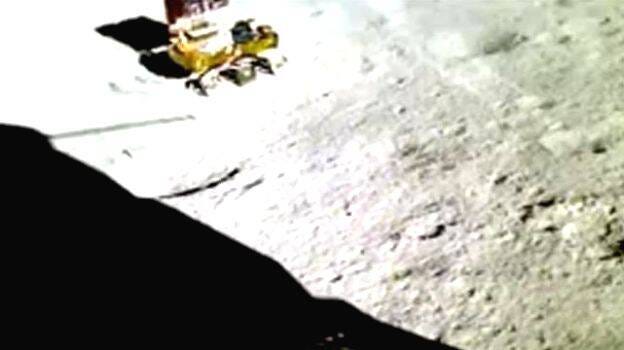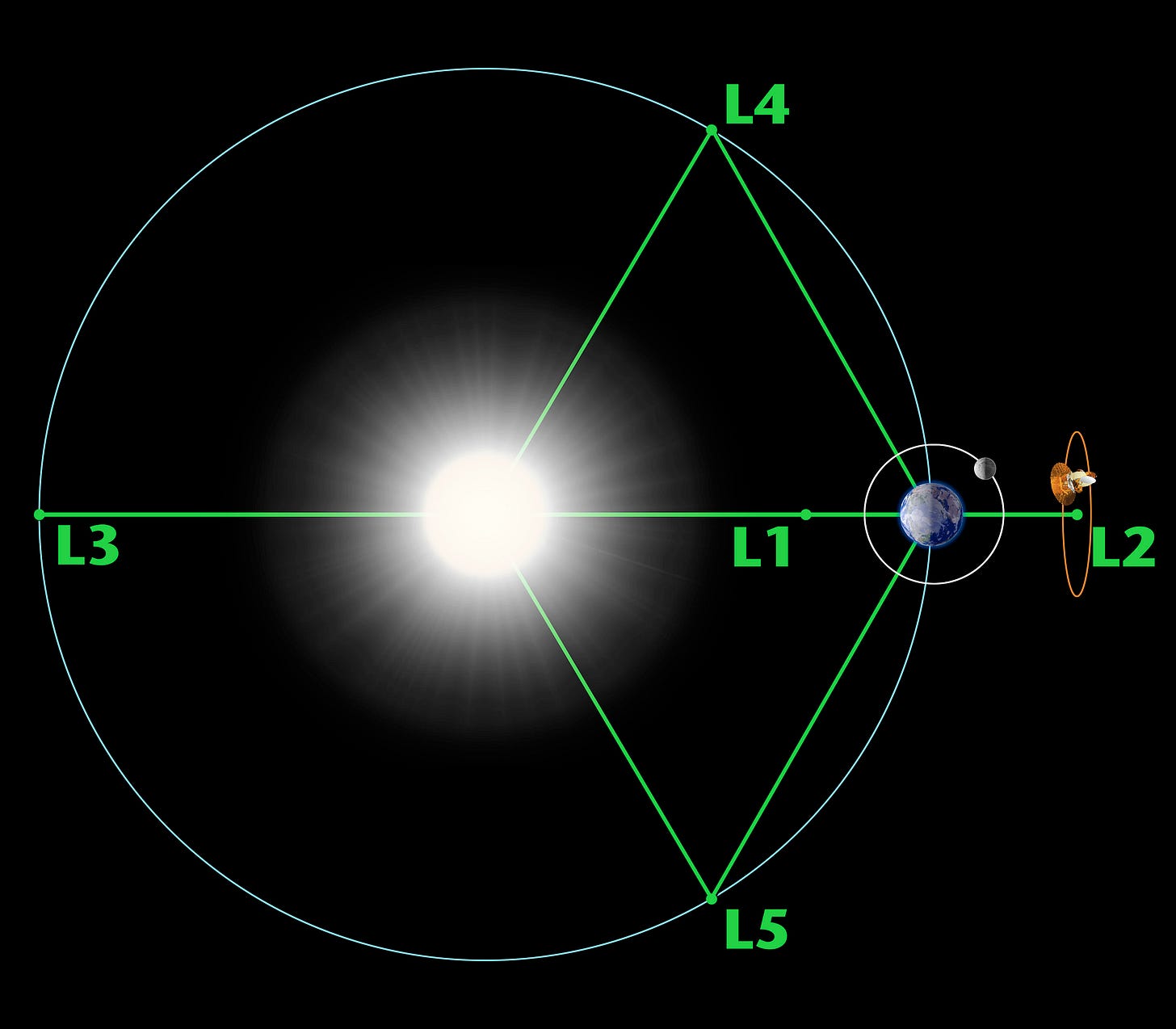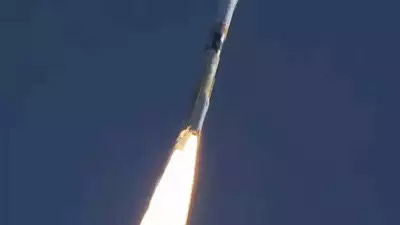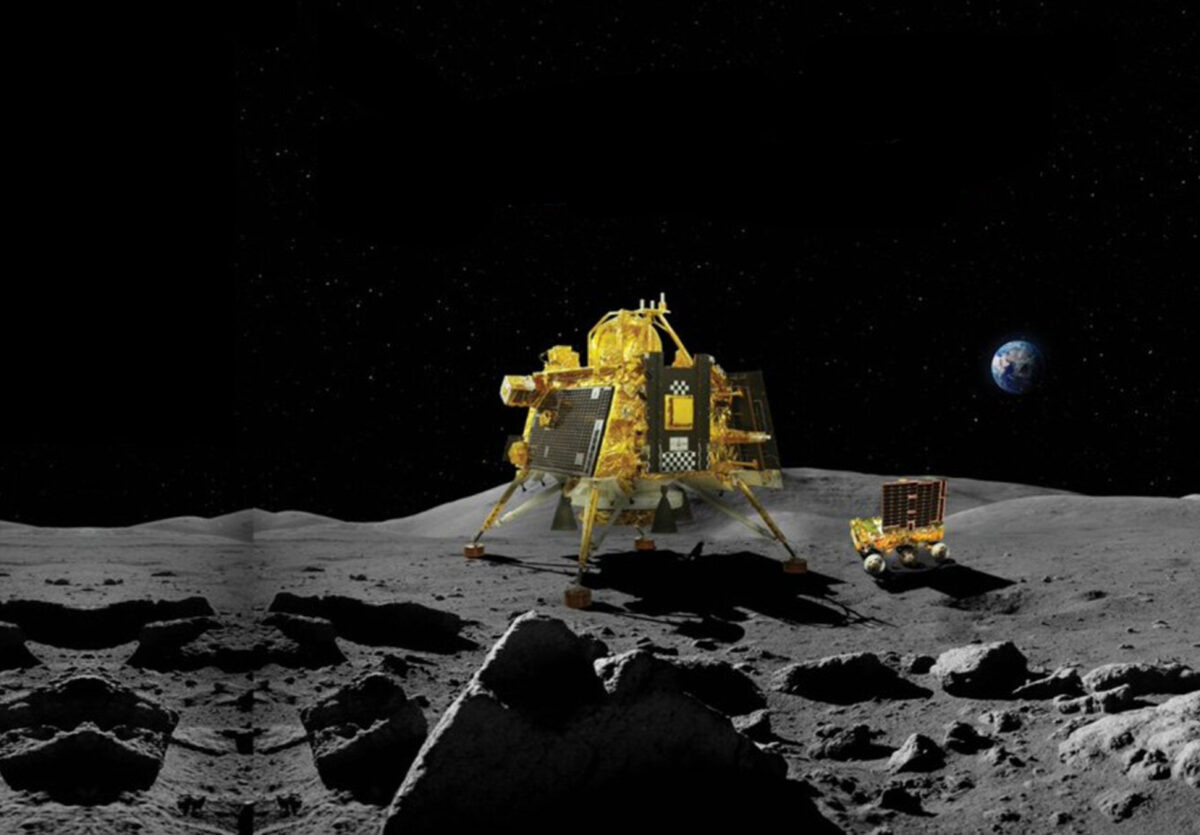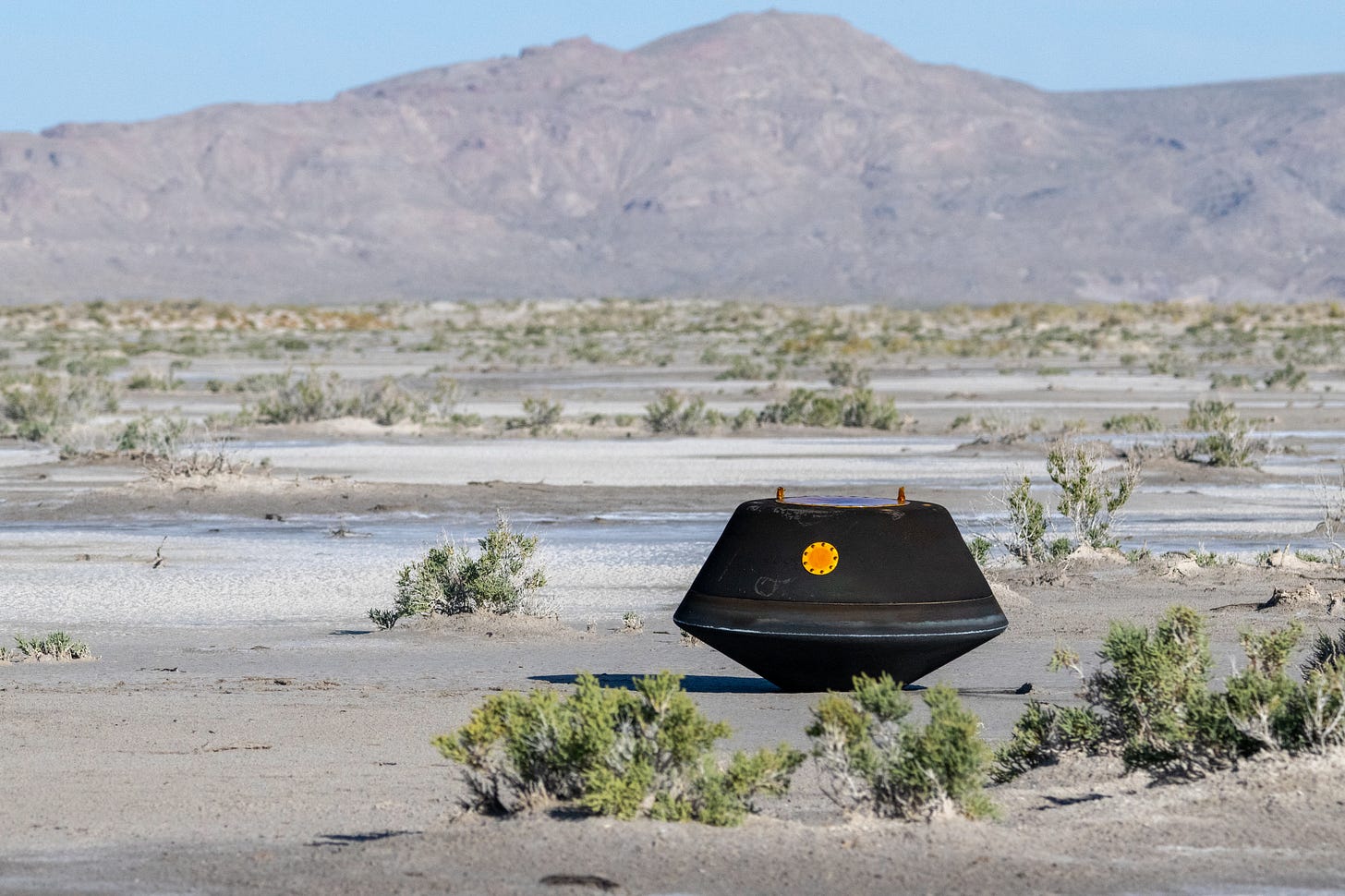Monthly Space News Recap - September 2023
Top 5 of the month's most interesting space updates
Pragyan finds sulpher near the lunar south pole
Last week, ISRO’s Praggyan rover from the Chandrayaan 3 mission confirmed the presence of sulfur near the south pole of the moon for the first time. Since sulfur is an element commonly found in volcanic areas, this new finding will help us understand more about the moon’s volcanic history.
ISRO launches Aditya-L1
ISRO successfully launched the Aditya-L1 solar mission last week. Aditya is a solar observatory designed to study the sun by orbiting around it at a distance of about 1.5 million km from the Earth at Lagrange Point 1 (hence the name L1). While 1.5 million km might seem like a large distance, it is nowhere near the sun; it is only at 1% of the distance to the sun which is 150 million km. There are five other Lagrange points (named after mathematician Josephy Lagrange) which are seen in the image below, each located at a different point around the sun. Many other solar observatories are also located at Lagrange point 1 like DSCOVR, WIND, etc.
JAXA launches Moon mission
The Japanese national space agency JAXA successfully launched its new Moon mission last week. The mission has a lander called the Smart Lander for Investigating Moon (SLIM) or “Moon Sniper”. It is going to attempt to land on the Moon after 4-6 months. If this mission is successful, and SLIM lands on the Moon, Japan will become the 5th country to land on the Moon.
Attempt to revive Chandrayaan-3 fails
Last week ISRO tried to revive the Chandrayaan 3 lander and rover after the lunar night. Unfortunately, this revival was unsuccessful and no communication was received from the lander or rover. The mission was put to sleep on September 4th and ISRO was hoping to be able to bring it back after 24 days. The harsh night-time conditions on the moon may have damaged the mission components. The mission did however complete its expected life on the moon.
NASA returns samples from asteroid
In 2016, NASA launched the OOSIRIS-REx mission to collect samples from an asteroid. The mission was designed to collect samples from the asteroid ‘Bennu’ and return them safely back to the Earth. After almost 7 years, the craft has finally returned to the Earth with the samples. It is NASA's first time achieving such a feat, making it a major accomplishment.


